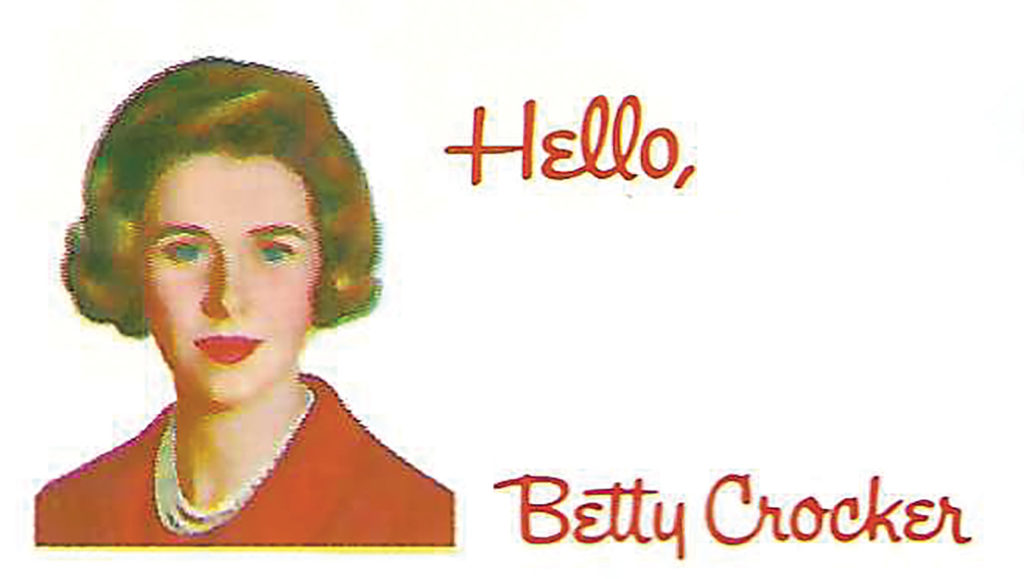
Dorri Partain
Contributor
American icon Betty Crocker was born in 1921 to respond to homemakers’ baking questions.
Following a contest promotion in an issue of “The Saturday Evening Post” magazine, executives with the Washburn-Crosby Company decided they needed a personalized response to the hundreds of letters concerning their product, Gold Medal Flour, and customer’s inquiries.
Advertising director Bruce Barton was tasked with creating a matronly persona that understood the complexities of home baking; the first name “Betty” was selected because it sounded cheery and “Crocker” was chosen in recognition of company director William Crocker.
Following the name selection, the female employees of the company were asked to submit their signatures, with secretary Florence Lindeburg chosen to hand-sign all Betty Crocker correspondence.
When Washburn-Crosby merged with other flour mills in 1928, Betty Crocker became the spokesperson for General Mills and all their baking products.
In 1924, the company developed a new concept, a local radio show titled “The Betty Crocker Cooking Show of the Air” with unnamed actresses playing the part of Betty; by 1926, NBC Radio began broadcasting the show, which remained on the airwaves under different titles and networks until the final ABC Radio episode in 1954.
While Betty had been represented by various voices, she remained faceless until 1936 when her first portrait debuted as a matronly woman with dark hair, a red jacket, and a white blouse.
Actress Adelaide H. Cumming portrayed Betty from 1949-1964, appearing in commercials, magazine ads, and her own television program, the “Betty Crocker Star Matinee” in 1951.
The first Betty Crocker branded product, a soup mix, appeared in 1941. Later branded products featured the red spoon logo, known as the “Betty Seal of Approval,” introduced in 1954.
Betty’s image has been updated to replicate changes in fashions and hairstyles, in 1965 (shown above) her style duplicated that of Jacqueline Kennedy.
For Betty’s 75th Anniversary in 1996, a composite portrait of seventy-five women of different nationalities was computer-generated to show the changing face of American homemakers.
















